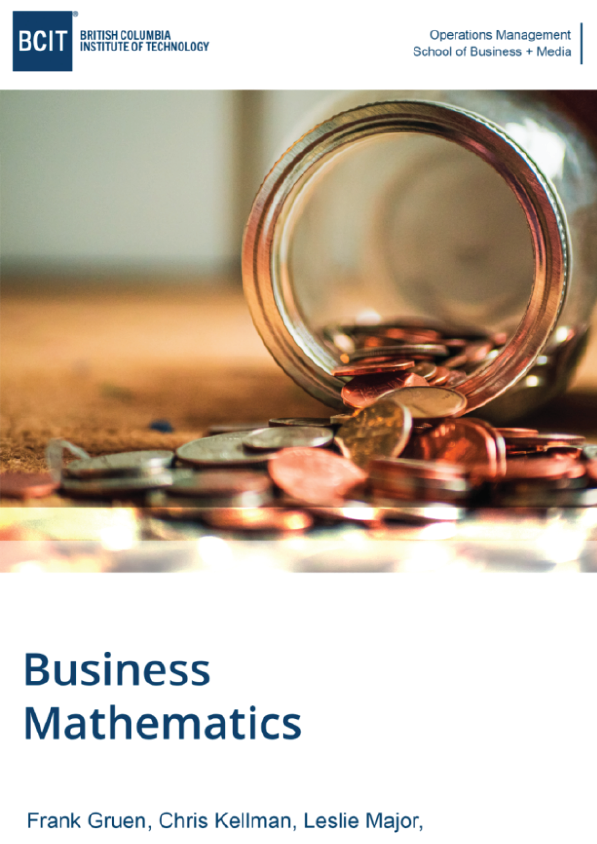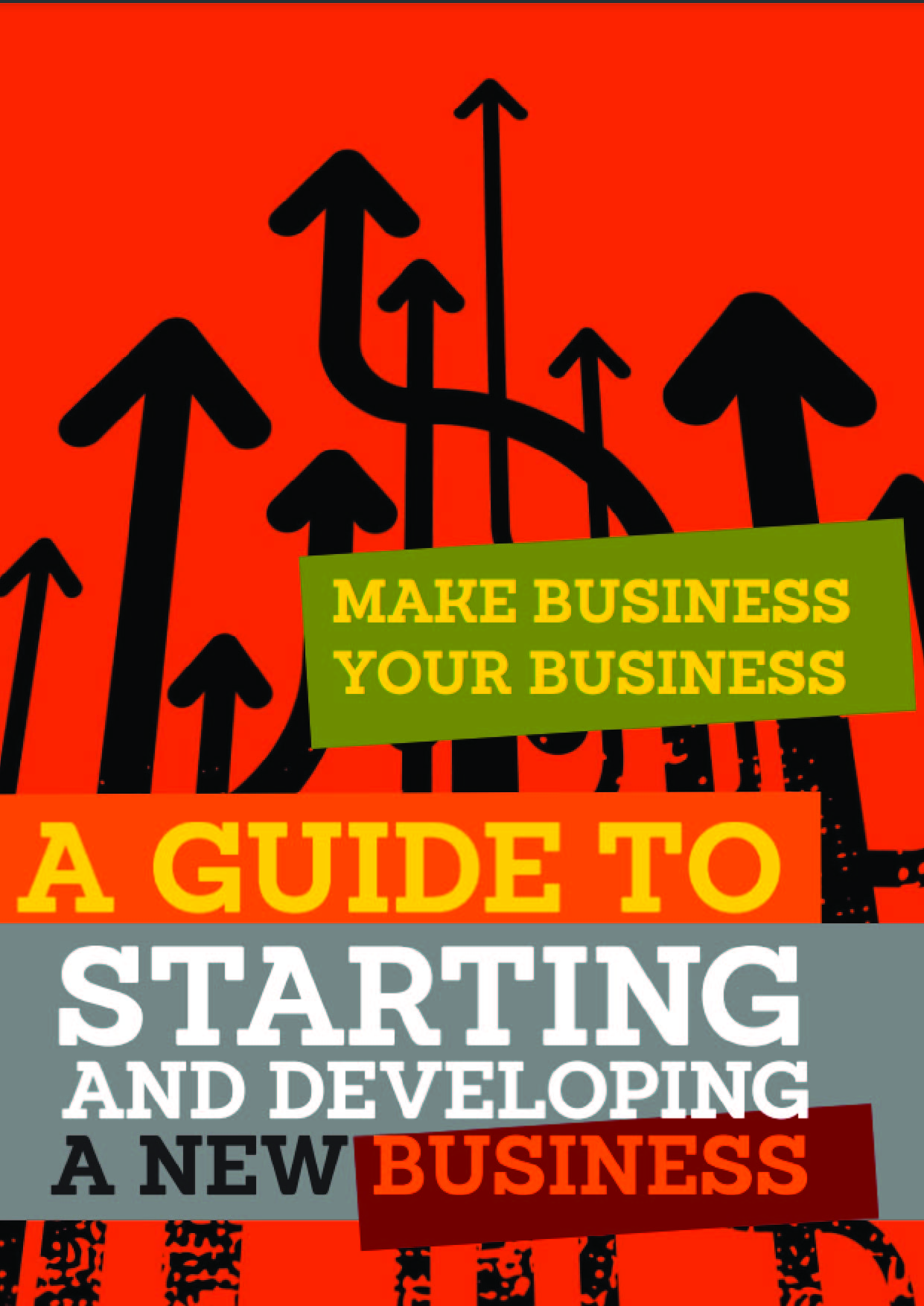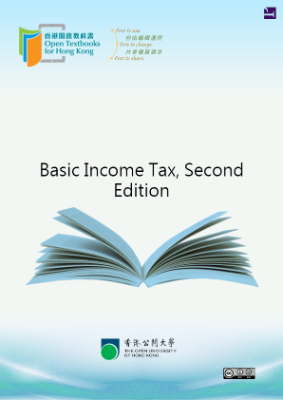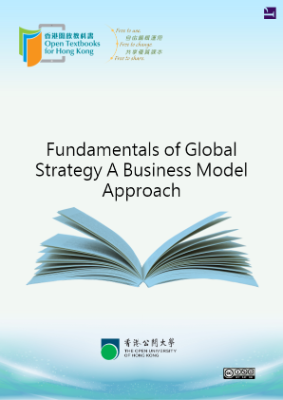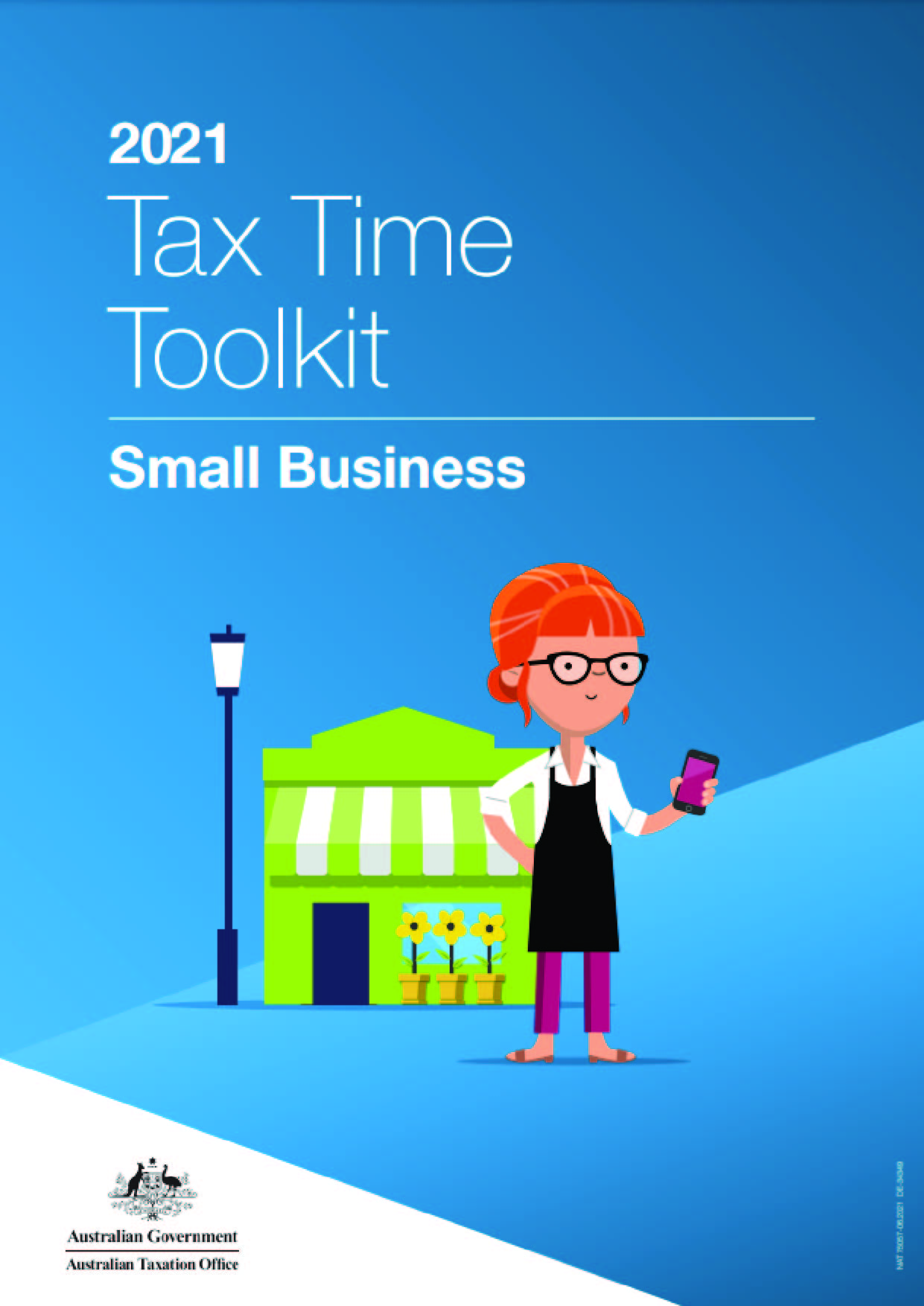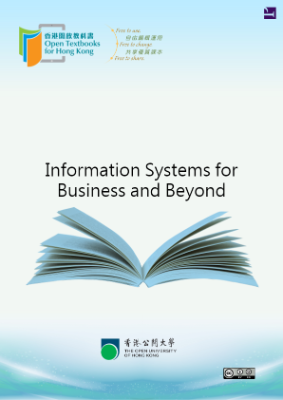This Business Mathematics courses aim to have students understand basic business problems, interpret them in mathematical terms, and use the tools of mathematics to solve these problems. The objective of this material is to provide mathematical theory, demonstration and practice for first-year Business students.
A grade of C+ or better in Algebra 11 (or equivalent) is the prerequisite for this course; students requiring extensive review or remedial work are expected to have completed a preparatory course such as OPMT 0199, which is offered through part-time studies at BCIT.
These notes explain the applications of basic mathematics to business and industry using ratios, functions and graphs, simple and compound interest, financial instruments and discounting, annuities, mortgages, loans, and leases. Cash-flow analysis applying rates of return, net present value, and payback is included.
We expect students to read the material carefully and follow the worked examples. You should also work through the learning activities in each chapter and check the recommended solutions. Practice problem sets with selected answers are included at the end of each chapter. You are expected to have a pre-programmed business/financial calculator; the Texas Instruments BA II Plus is recommended, and will be used in solving problems.
The purpose of a business is to make a profit. To find the profit a company makes in a particular period, say in a given month, you must start with all the money that comes into the company as a result of its operations. Then from that money, which is called the revenue, subtract all the expenses paid to earn it.
Another way to analyze the performance of branches A, B, and C described above is to take the view that all of the percent margins should be equal – or, equivalently, that the ratio of profit to sales should be the same for each branch.
When the ratio of quantities should be the same in all circumstances, the quantities are said to be proportional to one another.
quantities. In such cases, ratios of the quantities are used.
Consider, for example, the expenses of a merchandising company. These expenses can be usefully broken down into two major components:
the cost of the goods sold (COGS)
all other expenses, called operating expenses.
When analyzing merchandising companies, it is customary to first deduct the cost of goods sold from sales revenue, and to call the result the gross profit.
Sales – COGS = Gross \; Profit
Operating expenses are then deducted from the gross profit to get net profit.
SALES – COGS GROSS PROFIT – OPERATING EXPENSES NET PROFIT
All of these quantities are commonly compared with the sales revenue as the base.
Your Own Notes
- Are there any notes you want to take from this section? Is there anything you’d like to copy and paste below?
- These notes are for you only (they will not be stored anywhere)
- Make sure to download them at the end to use as a reference
Most of the goods you purchase as a consumer are not bought directly from the manufacturer. The goods are distributed through a marketing channel – that is, a sequence of middlemen which move the goods to the consumer. In this section, you will examine the price calculations for a typical channel. Consider an industry (such as clothing) which distributes goods through wholesalers and retailers. Note that the manufacturer may sell to different levels of the channel, perhaps to retailers near the production facilities and to wholesalers everywhere else.
Manufacturers (and wholesalers) often produce a single price list of their products for their customers. This usually lists the prices (the list price) at the level a final consumer would pay. Clearly wholesalers and retailers cannot pay this price because they have to mark up the price they pay before they sell the product.
